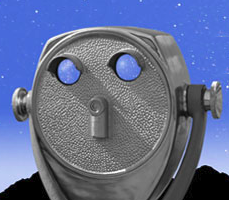Speaker
Ms
Elena Dall'Occo
(NIKHEF)
Description
The upgrade of the LHCb experiment, planned for 2019, will transform the experiment
to a trigger-less system reading out the full detector at the LHC collision rate
and up to $2\times 10^{33}cm^{−2} s^{-1}$ instantaneous luminosity.
The Vertex Locator (VELO) is the silicon detector surrounding the interaction region.
The upgraded VELO is based on a hybrid pixel system equipped with
data driven electronics and designed to withstand a radiation dose up to 370 MRad or $8\times 10^{15} $ 1 MeV n$_{eq}$ $cm^{-2}.
The detector will be composed of silicon pixel sensors with 55 × 55 $\mu ^2$ pitch, read out
by the VeloPix ASIC which is being developed based on the TimePix/MediPix family.
The VeloPix is capable of reading out up to 800 million hits per second.
An additional challenge is the non uniform nature of the radiation damage, which
results in requiring a guard ring design with excellent high voltage control.
The performance of the prototype sensors has been investigated in a testbeam
in which a dedicated telescope system was created with two arms each equipped with 4 Timepix3 assemblies.
The device to be tested can be mounted, rotated, and cooled in the central region.
This allows several different tests of the performance of the sensor prototypes before
and after irradiation.
In this presentation a collection of preliminary results will be shown, as well as
a comparison of the performance of the different sensor prototypes produced by Micron semiconductors
and Hamamatsu photonics. The evaluation programme of the prototypes also includes studies
to show the effects of radiation damage.
The sensors were irradiated at several facilities, including:
JSI reactor neutrons in Ljubliana, mid energy (27 MeV) protons at KIT in Karlsruhe and high energy (24 GeV)
protons from IRRAD at CERN.
Author
Ms
Elena Dall'Occo
(NIKHEF)

